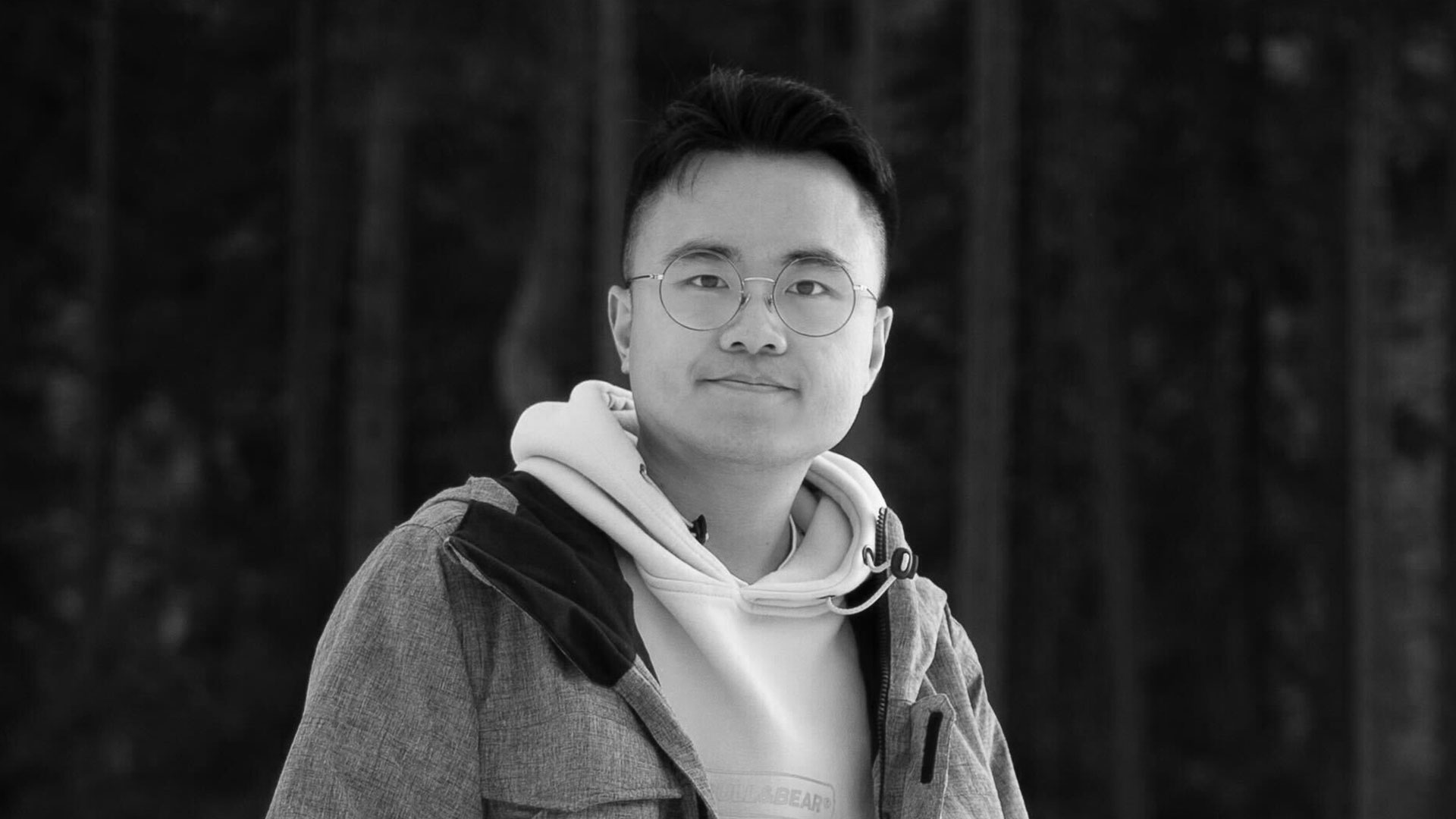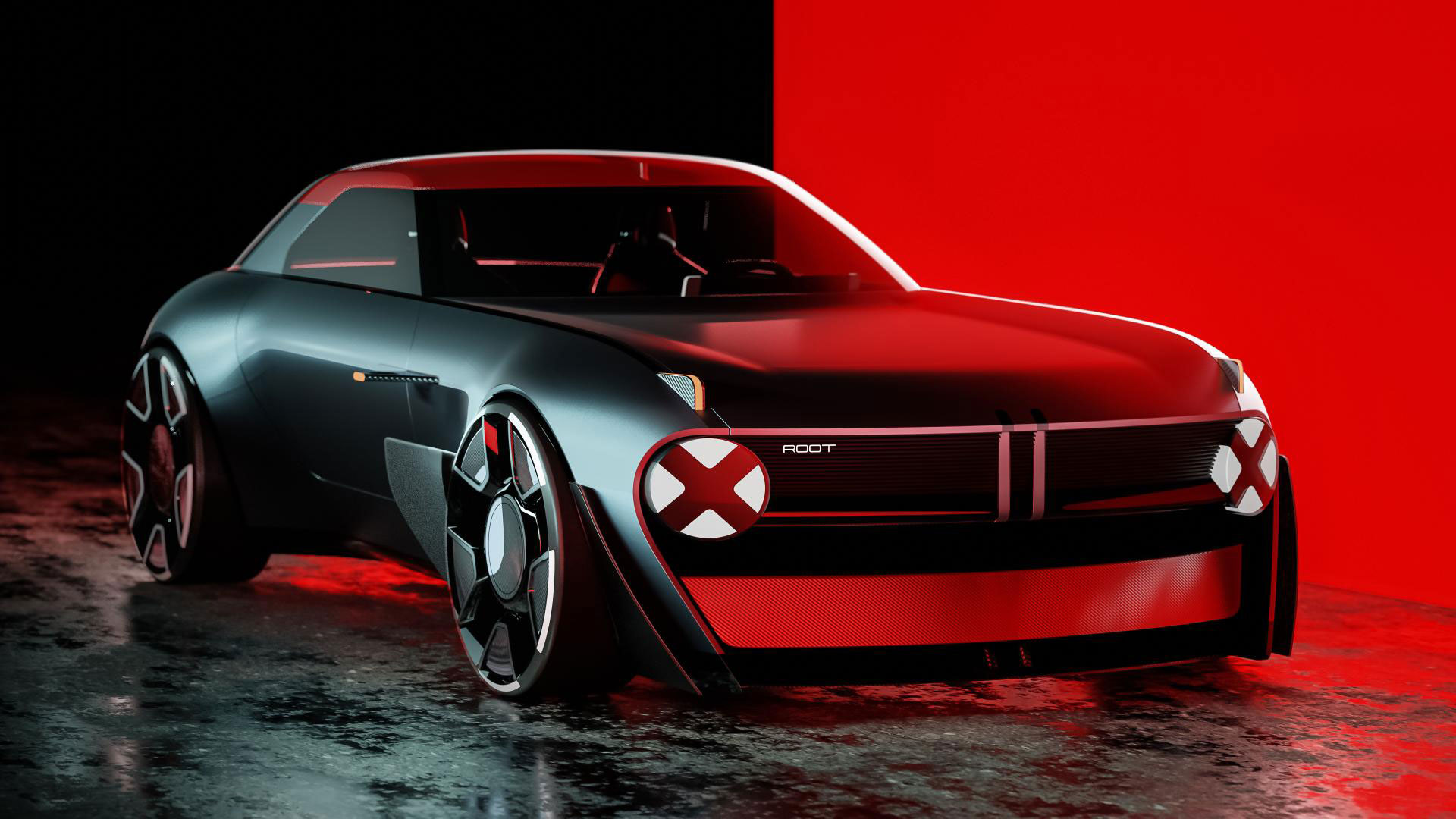Interview with Li Ding from the United States

Interview with Yu-Hsing Liu | A Professional Architect with Innovative Ideas & Inspiration
September 10, 2024
Interview with Xinyue Geng | Award-Winning Designer of the Forest Float
September 10, 2024Li Ding
Li Ding is a talented automotive designer currently contributing to Rivian's innovative vehicle lineup. With a rich background that includes positions at Volvo Cars, ICONA Design, and GAC, he has honed his expertise in exterior design. His work is characterized by a commitment to sleek, forward-thinking aesthetics that push the boundaries of modern vehicle design.
My name is Li Ding. I'm an automotive designer currently working for Rivian. Previously, I have worked for Volvo cars, ICONA Design, and GAC. My area of expertise is in exterior design, crafting sleek and innovative vehicles with a focus on modern aesthetics.
In the past, I was involved in multiple concept and production car projects. Most recently, I contributed my design sketches for Volvo EX90 official launch. Passionate about blending technology and art, I'm currently exploring the future of sustainable transportation and how it can reshape the industry.
Born and raised by parents who were both into photography and painting, I was exposed to art and design early on. I enjoyed doodling on things wherever I went, especially on cars. My enthusiasm for automobiles grew strong after my dad took me to a local car show when I was six years old.
However, my career in car design actually began with product design. During middle school, I got my first iPod. I was instantly amazed by its beautiful design and how intuitively it interacted with me.
Soon, I discovered the world of industrial design and decided to be part of this modernization movement. I first studied Industrial Design at Iowa State University, where I learned design thinking and core principles. After realizing that my true passion still lay in cars, I transferred to the Art Center College of Design to pursue my dream.
My favorite kind of design is simple, powerful, and emphasizes strong graphics. Simplicity is important because, as an audience, we need something digestible. While superfluous details might be effective in the moment, they don't stand the test of time.
Powerful design delivers a strong message, with a clear identity of what it aims to be and what functions it serves. Lastly, strong graphics create a visual connection with the user, potentially fostering an emotional bond.
As a car designer, there are two types of projects. Often, the work involves brand heritage. It's critical to understand the core values of a brand and evolve them for the next generation. New designs are less impactful if they don't bridge the gap between the past and the future. I extrapolate the key elements of a brand, simplify them, and innovate around them.
The second type is a blank slate project. I typically start with extensive research on the target audience to understand their pain points and needs. Then, I create an image board focused on technology, style, and design trends to guide the initial ideation sketches.
For both types of projects, once a visual idea is consolidated, I build it in 3D software. Testing the concept in 3D further helps refine the vehicle's stance and fine-tune its proportions.
I grew up in China and have been living in the U.S. for more than 10 years, giving me a unique understanding of both cultures. In China, people value family and traditions, which fosters compassion toward others. This helps me understand users and their complex needs.
Meanwhile, in the U.S., people are keen to express their unique identities, making it important to stand out and be yourself. This inspires me to build emotional connections with my target audience through expressive design.
The hardest part is understanding the essence of a classic European coupe: its profile, body lines, iconic fascia, and compact proportions. At first, it can be quite challenging to identify all these elements.
It becomes even trickier to balance them, as adding too many elements can affect the overall character of the car. I spend a lot of time reducing the number of design elements until they reach harmony.
China is now the leading market for the world’s largest automobile sales and the highest EV adoption rate. Unlike anywhere else in the world, there were over 100 EV startups at its peak, and competition is fierce and extremely brutal.
Only the best companies that offer the best pricing, engineering, user experience, tech integration, and connectivity can survive. My experience with major Chinese OEMs and leading design consultancies gives me valuable insight.
Li Ding
Li Ding is a talented automotive designer currently contributing to Rivian's innovative vehicle lineup. With a rich background that includes positions at Volvo Cars, ICONA Design, and GAC, he has honed his expertise in exterior design. His work is characterized by a commitment to sleek, forward-thinking aesthetics that push the boundaries of modern vehicle design.
Read more about this interview with Chen Xiaole from China, the Gold Winner of the 2024 MUSE Design Awards.


